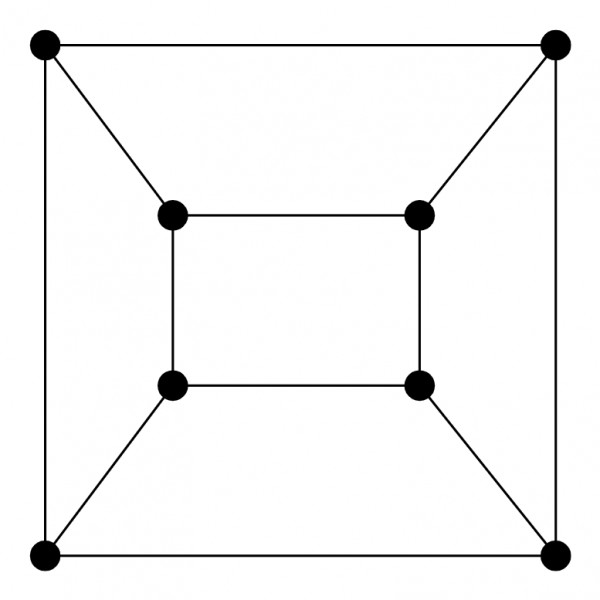$G_1$ is $K_{3,3}$ which is a non-planar graph with the minimum number of edges.
Proof: Let $K_{3,3}$ is a planar graph.
Therefore it must satisfy this useful corollary. As there is no triangle in $K_{3,3}$.
$m = 9, n = 6.$
$\implies 9 \leq12 - 4$
$\implies 9 \leq8,$ which is false. So our assumption that $K_{3,3}$ is planar is false.
$G_2$ can be redrawn like this.

Therefore $G_2$ is a planar graph.
For $G_3$, we assume that it is a planar graph. Then it must satisfy the above corollary as it does not have a triangle.
$m = 9, n = 6.$
$\implies 9 \leq 12 - 4$
$\implies 9 \leq 8,$ which is false. So our assumption is wrong and $G_3$ is not a planar graph.
Note$: G_1$ and $G_3$ are isomorphic graphs.
Ans: $G_2$ only.